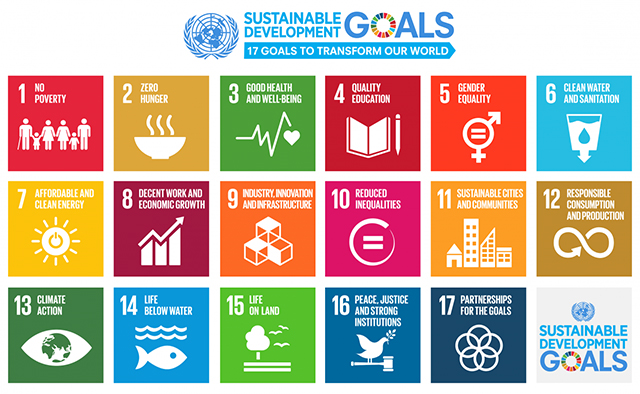Cultural Diversity in the Language Arts at IMSA
Location
Room A149
Document Type
Presentation
Type
EnACT
Start Date
1-5-2019 9:30 AM
End Date
1-5-2019 9:50 AM
Abstract
Inequalities in race is prevalent throughout high schools across America. One class where this issue is especially noticeable is in the English classroom. English class repeaters consist largely of works of literature written by archaic Caucasian authors, which lack diversity. Our group believes that a way to incorporate diversity into IMSA’s Literary Explorations (LE) classrooms is to have the class chose a recent literary work to analyze in class. The decision would be made early, giving teachers the remainder of the semester to develop a curriculum. The lesson would be held at the end of the semester. This idea would allow students to explore diversity by choosing their works to study.
The UN Sustainability Goal our project supports is number 10, reducing inequality. Our project helps further this goal, for it attempts to help bridge the gap between minority students and the literature. Minority students are often unable to relate to novels studied in LE classes. By enacting our proposal, we can bring awareness of all cultures to the LE classroom.
We feel that these changes are necessary in our school system. The biggest challenge is that most LE teachers follow a predetermined curriculum. The first step in implementation would be communication with the LE department to determine if they would consider applying this idea in their classrooms. Next, we would speak to administration for approval. After receiving consent, we would work with the LE department to choose a book in the current curriculum to replace. In the beginning of a course, the students would nominate one book of acceptable educational value. The teacher would develop the curriculum during the semester. The study of the chosen novel would be presented at the end of the semester. This idea would ensure that students are more invested in their education, which can lead to a better understanding of the core LE curriculum.
Cultural Diversity in the Language Arts at IMSA
Room A149
Inequalities in race is prevalent throughout high schools across America. One class where this issue is especially noticeable is in the English classroom. English class repeaters consist largely of works of literature written by archaic Caucasian authors, which lack diversity. Our group believes that a way to incorporate diversity into IMSA’s Literary Explorations (LE) classrooms is to have the class chose a recent literary work to analyze in class. The decision would be made early, giving teachers the remainder of the semester to develop a curriculum. The lesson would be held at the end of the semester. This idea would allow students to explore diversity by choosing their works to study.
The UN Sustainability Goal our project supports is number 10, reducing inequality. Our project helps further this goal, for it attempts to help bridge the gap between minority students and the literature. Minority students are often unable to relate to novels studied in LE classes. By enacting our proposal, we can bring awareness of all cultures to the LE classroom.
We feel that these changes are necessary in our school system. The biggest challenge is that most LE teachers follow a predetermined curriculum. The first step in implementation would be communication with the LE department to determine if they would consider applying this idea in their classrooms. Next, we would speak to administration for approval. After receiving consent, we would work with the LE department to choose a book in the current curriculum to replace. In the beginning of a course, the students would nominate one book of acceptable educational value. The teacher would develop the curriculum during the semester. The study of the chosen novel would be presented at the end of the semester. This idea would ensure that students are more invested in their education, which can lead to a better understanding of the core LE curriculum.


